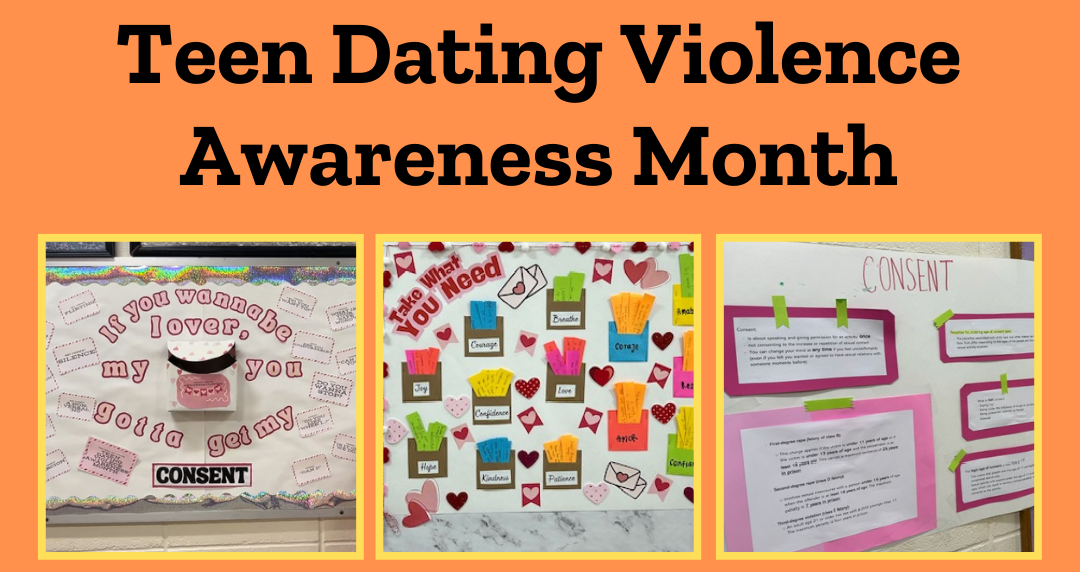By Brenda Haas, LMSW, Ed.M., Director of WJCS Guiding Parents Through Services Program and Partners in Schools Consultant at Leffell School
The fall season is in full swing. Kids’ schedules are packed, parents are trying to balance work and family, and the holidays are almost here. Having a full life is a blessing, but it can also be stressful to manage it all.
Stop. Pause for 60 seconds. And breathe.
Calming our bodies and minds through simple breathing techniques is a proven ways to reduce anxiety and modulate mood. Consciously switching our attention from everything whirling around in our heads to the present moment has great power. Many scientists have studied how breathing affects the heart, brain, digestion, and immune system. As Thich Nhat Hanh, a Vietnamese Buddhist monk and prolific author wrote, “Breathing in, I calm body and mind. Breathing out, I smile. Dwelling in the present moment, I know this is the only moment.”
In India, breath work, called pranayama, has been a regular part of yoga practice for thousands of years. But you needn’t practice yoga to benefit from a breathing practice. Just taking a few minutes to ground yourself in the present moment and de-stress your body can work wonders.
Mindful breathing practices are not only helpful to us as adults but also to our children. It encourages them to “press pause,” slow down, and notice their feelings without immediate reaction. It gives them an opportunity to become self-aware and creates space between feeling an emotion and responding to it. In our digital age, where both children and adults are driven to distraction by their devices, practicing mindful breathing is particularly important in helping to improve focus and attention, a skill that is necessary at school, work, home, and in one’s social relationships. The calming effects of mindful breathing can be seen in improved sleep, emotional regulation, stress reduction, and conflict resolution.
Mindful breathing is a superpower we can all learn to use as an invaluable tool when dealing with times of stress. Practicing breathing techniques with young children provides them with a toolkit of healthy coping skills that will help them throughout life so they can develop more calm, peace, and inner resources during challenging times. It is a free, easy, and effective form of self-care that can be used at every age and stage.
The following simple mindful breathing activities are playful, fun, and can be done alone or with a child. If you are practicing these breathing techniques with your child, remember to ask: “What did you notice?” “How is your body feeling?” “Is your breathing fast or slow? When we focus on our breath, we bring ourselves into the present moment, free from worry about past regrets or future concerns.
- Anchor Breath: Use the breath as an anchor for your attention. Notice your breath, each time it wanders (and it will), kindly, gently, bring your focus back to the breath.
- Smell the Cupcake, Blow out the Candle: Imagine a delicious cupcake, take a deep inhale through the nose (4 seconds) to smell the cupcake, hold for 7 seconds, and then, with a long exhale (8 seconds), blow out the birthday candle.
- Four Square/Box Breathing: Breathe in to a count of four (tracing with finger in the air the left side of a box), hold the breath for four seconds, (trace the top of the box in the air), breathe out for a count of four (trace the right side down from the top), hold for four seconds (trace the bottom of the box from right to left). Do this slowly for several rounds and then return to regular breathing. This is a great exercise for calming fear, anxiety, and panic.
- Butterfly Breath: Raise your arms upwards like butterfly wings, while gently breathing in. Lower arms as you fly and breathe out fully.
- Heart and Belly Breath: Place one hand on your belly and one hand on your heart. Breathe into your belly and into your heart. Breathing out from your heart and out from your belly. Notice the expansion and contraction, and rise and fall of your belly and chest.
- Pinwheel Breathing: Take a deep exhale, imagining you are blowing air on to a pinwheel. Then notice the deep inhale. Repeat several times. For this practice, you can use an actual pinwheel.
When we say “take a deep breath” during times of worry, it is more than a casual expression. There are so many vital benefits that result from noticing our breath. Enjoy these exercises and then enjoy life, one breath at a time.




